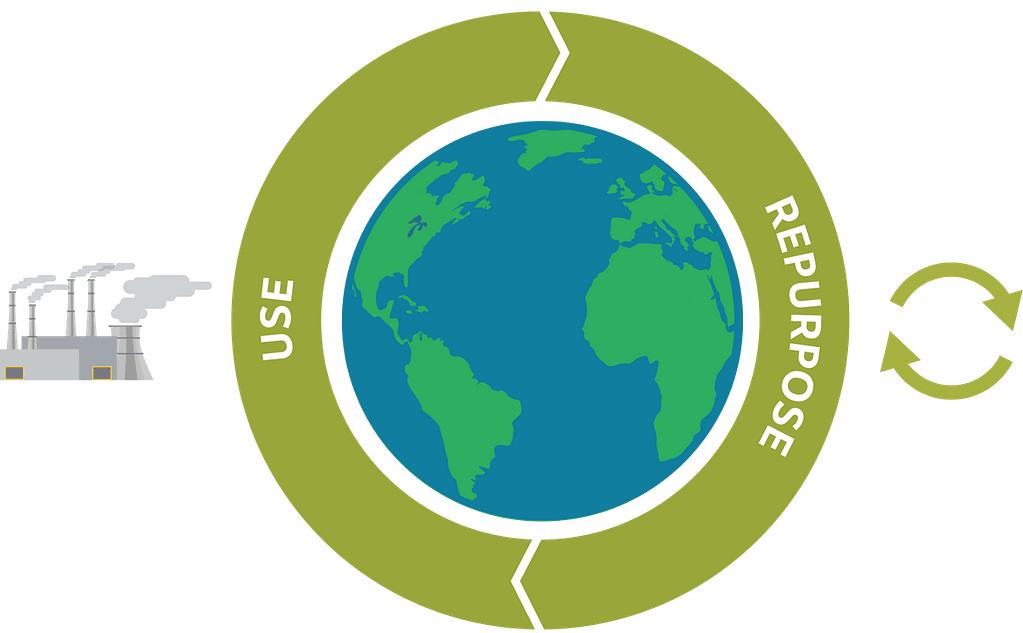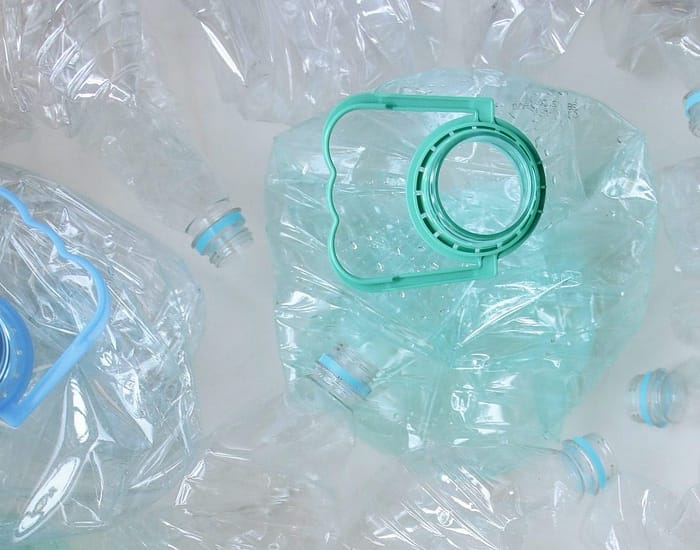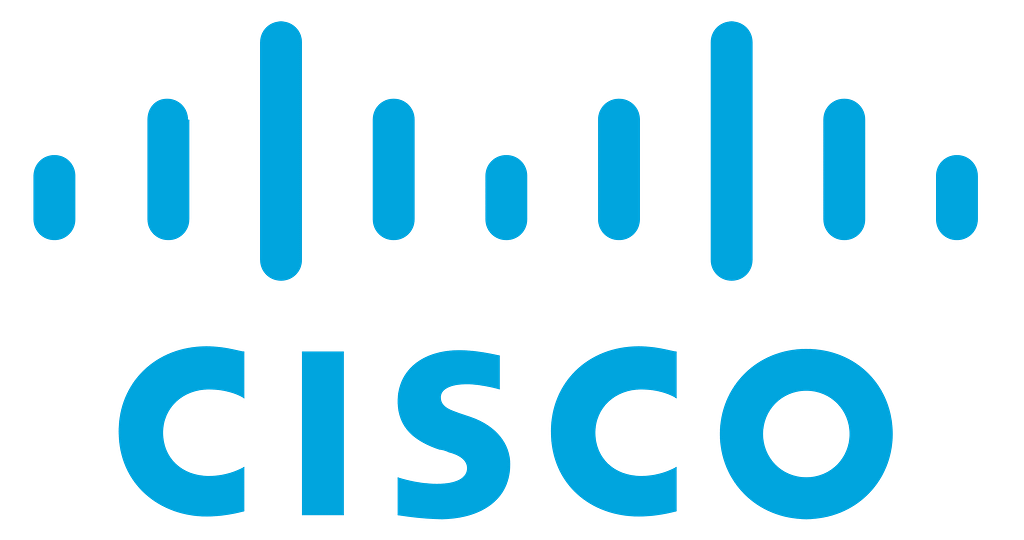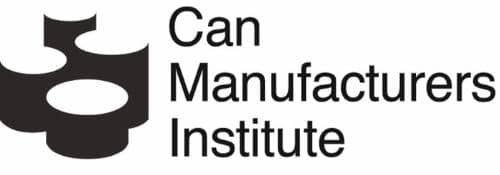A new economic model
for people and planet
The circular economy is an opportunity to reinvent the way we live and do business. It’s about redesigning our global systems – how we make products, how we produce our food, and how we manage resources – to generate new types of value, and solve human health and environmental challenges.
Our current economy is linear
The process of “taking, making, and disposing” is at the root of many social, environmental, and economic challenges: we extract finite natural resources from the planet at an unsustainable rate, and create vast volumes of harmful waste, which is also lost value.

The economy of
the future is circular
A circular economy is ‘waste-free’ and regenerative. With smart design and repurposing of materials, we can reduce waste, improve industrial resource efficiency, save costs, build supply chain resilience, and regenerate the natural landscapes that we depend on for our survival.

A vehicle for systemic change
The circular economy is a critical tool to help drive the transition to a more sustainable world. At Metabolic, circular economics is about much more than just recycling materials. Working with numerous organizations on circular transitions, we have developed a holistic circular economy framework, which we combine with science-based target setting, to help organizations achieve meaningful, long-term sustainability goals.
The circular economy is a new economic model for addressing human needs and fairly distributing resources without undermining the functioning of the biosphere or crossing any planetary boundaries."
Seven pillars of the circular economy
There is no such thing as a circular product. There are only circular product-service systems. Organizations striving to cycle materials at high value should do so with a holistic understanding of the impact of decisions on the entire system.
We use the Seven Pillars framework as a holistic framework to help organizations assess trade-offs and assess the net positive impact of circular decisions. Learn more about the Seven Pillars of the Circular Economy.
Benefits of a circular economy
Economic opportunity
By 2030, the circular economy has the potential to unlock as much as EUR 535 billion per year in economic gains, while boosting local jobs and reducing inequality.
Environmental resilience
Circular economy strategies can help organizations to tackle pressing environmental challenges by helping to reach climate targets and keep within planetary boundaries.
Human health & wellbeing
Transitioning to a circular economy can drastically reduce global environmental pollution, exposing fewer people to harmful waste streams, with significant long-term health benefits.
Benefits for your organization
Resilient supply chains
Closed-loop material chains can reduce critical dependence on scarce raw materials, increasing resilience, both in terms of costs and security of supply.
Competitive advantage
New, innovative business models to match growing consumer demand for sustainable products and services. Circular production practices yield more durable products that save money on the long term.
Job creation
Circular economies provide growing opportunities for new jobs in the spheres of product and packaging design, reverse logistics, investment, customer service, and other emerging fields.
Your circular economy journey
How circular is your organization or region?
Analyze your city or company’s social and environmental impact data to provide a circularity score and identify impact hotspots for action.Set circular economy goals
Analyze your city or company’s social and environmental impact data to provide a circularity score and identify impact hotspots for action.Identify high-impact actions
Identify high-impact, context-specific interventions, and an actionable roadmap to accelerate your journey to circularity.Mobilize and implement
Engage important stakeholders to mobilize your circular transition. Develop business cases and kickstart pilot projects.Monitor and improve
Track the impacts of your efforts and your performance towards your circular economy goals. Steer your circular strategy.Putting circular economy strategies into action
The circular economy can often feel like an abstract concept, with countless definitions and strategies and not many tangible, functional examples and case studies. Our goal at Metabolic is to catalyze action – and we are fortunate to work with pioneering organizations on cutting edge prototypes and pilots that can be seen, touched, and have measurable impacts.
Featured

New tool helps guide sustainable packaging decisions in Asia Pacific
- Metrics & Tools

Data-driven tools to accelerate and scaleup solutions for circular cities
- Cities and Regions

Amsterdam’s circular living Lab: What organisations can learn from De Ceuvel
- Cities and Regions
Projects

Circular Charlotte

Recycling Unpacked
- Circular Economy

The alternative materials tool
- Metrics & Tools

Towards a circular agri-food system in the Baltic
- Agrifood

Circular DGTL festival: Analyzing waste, water, and energy flows
- Cities and Regions

Circular Rotterdam: New jobs in a zero waste economy
- Cities and Regions
In the press
Our track record
Since our founding in 2012, Metabolic has helped over 400 forward-thinking cities and regions and companies put circular economy strategies into action, in sectors ranging from food and finance, to industries.


















